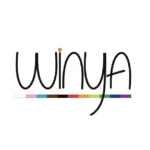WARNING: Aboriginal and Torres Strait Islander viewers are warned that the following page may contain images of deceased persons.
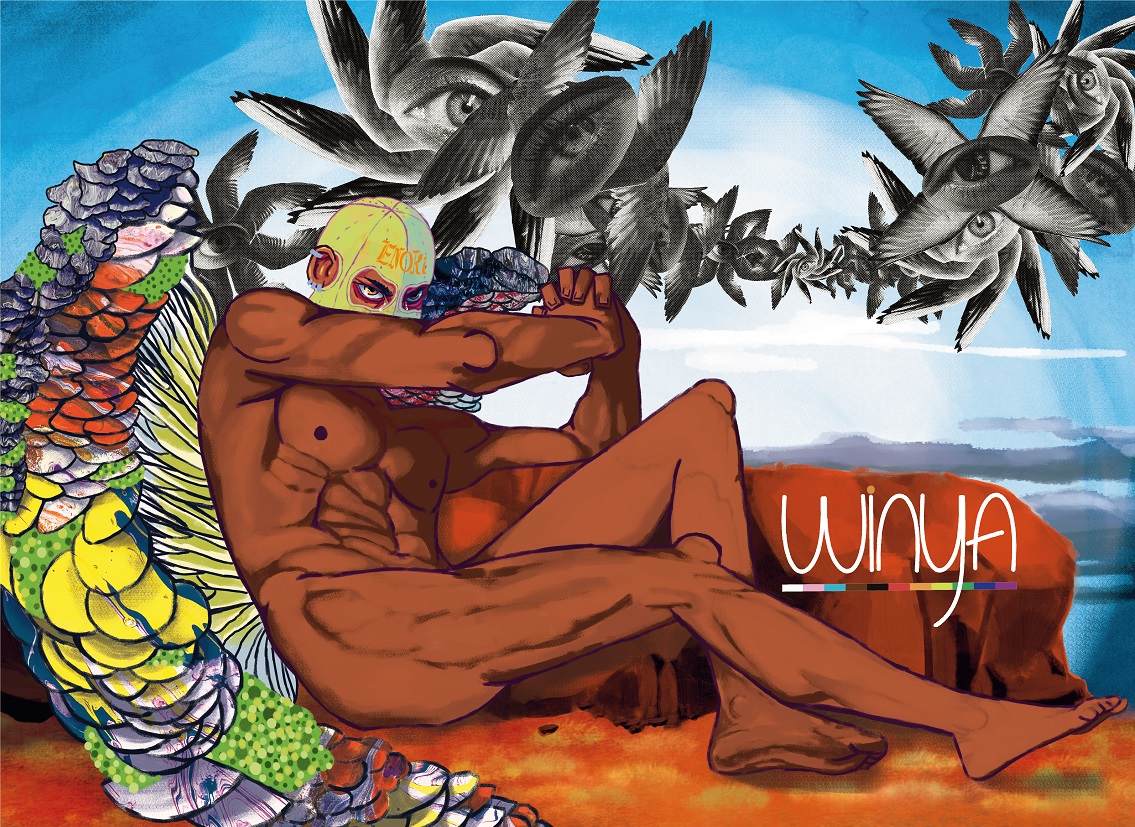
OUR UTOPIA
Winya x Naarm
Winya’s utopia is a space designed in collaboration with Indigenous artists across Naarm (Melbourne) and nationally. Our SID space seeks to balance the negative impacts colonisation has had on Indigenous people and the land, particularly through direct and active listening to First Nation’s Voices. Winya’s space centres and celebrates Indigenous voices in the forms of space making, cultural sharing, and artist activations throughout the duration of the day. This space celebrates art and culture in many forms with community coming together to create a space almost entirely developed by First Nations people. We invite visitors on a journey starting at the intersection of Flinders Lane and Queen Street, travelling down Queen Street and through our showroom located at 15 Queen Street. Non-Indigenous visitors are encouraged to learn from and celebrate our cultural educators and performers.
About the artist
ENOKi (They/Them) is a proud Dja Dja Wurrung and Yorta Yorta Blak Fulla based in Wurundjeri Country (Melbourne), they’re a multi-media artist with a main focus on digital media. ENOKi explores Blakness and Queer Identity themes in their practice and is heavily inspired by the ’80s, ’90s, and early ‘2000s artists, rap and hip-hop, and pop culture.
Tag us on social
Love our space? Don’t forget to tag us on social! #winyasdecolonisedspace
PROGRAM

10am – 11am : Materials & Painting
Making painting materials from materials from country, painting with materials
Artist: Lorraine Brigdale (she/her), Yorta Yorta multimedia artist
Lorraine a proud Yorta Yorta woman and multi award winner, has always been experimental with her craft. Her art works are made with hand-sourced and hand-prepared earth materials and pigments created from ground Ochres, Minerals & Mica. Having her hands in ochre, many thousands of years in the making, connects her to the Ancestors. Learning its language and how it behaves in a contemporary exploration of an age old medium, she is using materials from country, exploring how ochres and other minerals work as a contemporary art medium. Lorraine’s creative response to country in the form of painting with the earth leads her to make paintings that tell the story of her journey in an artistic urge coming from ancestral memory. “Working with ochre links me with my Ancestors its my country”s way of calling me home”.
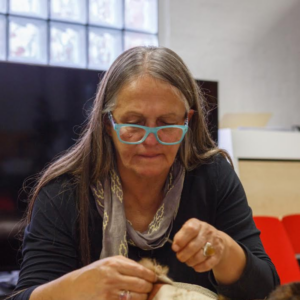
1pm – 2pm : Woolee Woolee Keetwanta
A short video work with our grandchildren playing in the bush, in the city; speaking and playing in language, their Mother Tongue, a possible future….This is an imagining of a future we yearn for, a time when our Mother Tongue is returned to us; a time when our childrens children children will live immersed in their birthright.
Artist: Vicki Couzens
Vicki Couzens is a Keerray Wooroong Gunditjmara woman from the Western Districts of Victoria. Vicki has worked in Aboriginal community affairs for 42+ years. She is a Senior Knowledge Holder for Possum Skin Cloak Story and Language Reclamation and Revival in her Gunditjmara Mother Tongue. Vicki’s contributions in the reclamation, regeneration and revitalisation of cultural knowledge and practices extend across the ‘arts and creative cultural expression’ spectrum including language research and community development; public art, community arts, visual and performing arts, writing, publications and her own creative expression. Vicki acknowledges her Ancestors and Elders who guide her in her work.
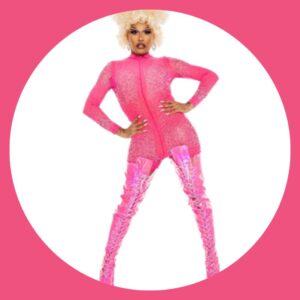
2pm – 3pm : Drag Performance
Artist: Cerulean (she/they) Meriam drag artist, reigning national Miss First Nation’s winner
Cerulean is one of Naarm/Melbourne’s most dynamic and vibrant conceptual performers bringing a refreshing cloud of excitement and pleasure to the stage, representing the Torres Strait Islands as a proud Meriam drag artist. As the current reigning winner of the national Miss First Nation pageant in 2021 and the Supreme Queen pageant at Sydney World Pride 2023, she is set to propel her way into shaping the future of drag. With 4 years of drag under her belt, she’s performed and hosted at various festivals, clubs and community events around the nation. As a visionary performer, you can expect her to deliver compelling stories through exceptionally fierce and entertaining drag performances that will leave audiences salivating for more.

3pm – 4pm : CPD – First People, First Design
CPD presentation on cultural appropriation, Indigenous design & engaging with Indigenous artists & individuals
Speaker: Grace Ferguson (they/them) Kamilaroi multimedia Artist and Winya Executive Stakeholder, Corporate Social Responsibility & Marketing Manager
ALL DAY
Street Art
Wayfinding map of Winya’s project layout & showcase
Location: from Flinders Lane Winya’s Showroom entrance at 15 Queen Street
Artist/s: Grace Ferguson (they/them) Kamilaroi (designed & executed)
Integrated Map from street art in showroom
Map touch points throughout showroom & main “education hub” table
Location: throughout showroom
Artist/s: Grace Ferguson (they/them) Kamilaroi (designed), Shelby Kschenka (she/her) Wiradjuri (executed)
DJ
Location: throughout showroom
Artist: TBA
CATERING

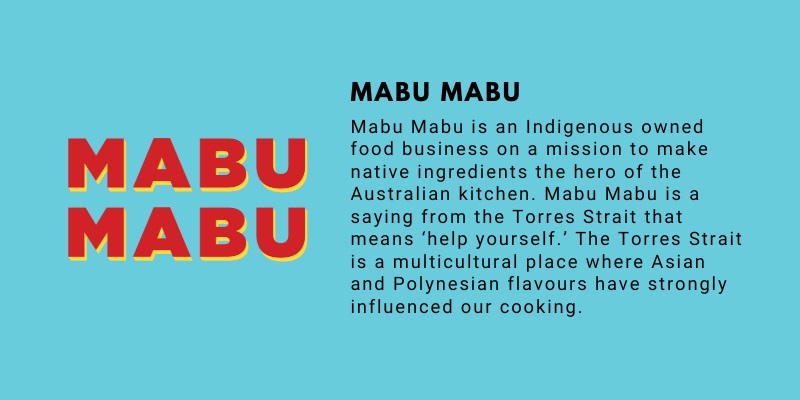
FABRIC SHOWCASE ARTISTS
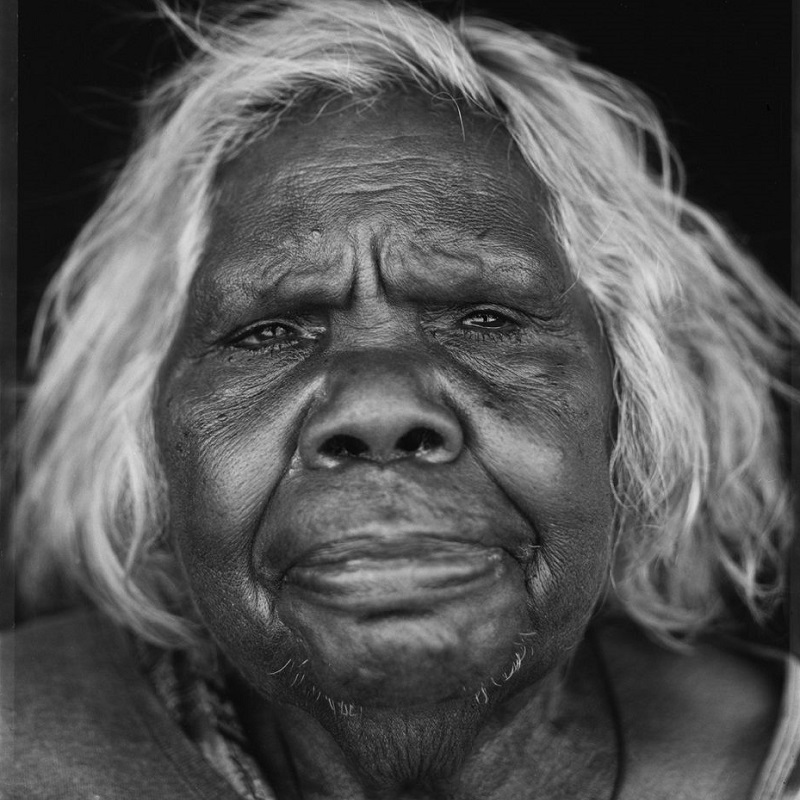
Alice Nampitjinpa Dixon
Alice was born in 1943 near Talaalpi, which is a swamp near and a little bit to the east of Walungurru on the Western Australian border. Prior to her painting Alice worked for many years at the Kintore School teaching the young girls dancing and the traditions of the desert people. Alice started painting on the “Minyama Tjukurrpa” – the Kintore Haasts Bluff collaborative canvas project. As a painter she is inspired by her rich cultural heritage, and thrives when involved with her stories and lore.
Dixon passed away in december 2020.

Cyan Sue-Lee and Mikayla Lee
Gindy Legs is the collaboration of two sisters, Cyan Sue-Lee and Mikayla Lee are Gulumerridjin (Larrakia) sisters and multidisciplinary artists. Growing up in a highly creative and artistic family, expressing themselves through art has been a lifelong practice. They employ several mediums to explore their practice including paints, clay, metals, natural pigments and fibres. They draw upon their cultural heritage and are inspired by their ancestral lands.
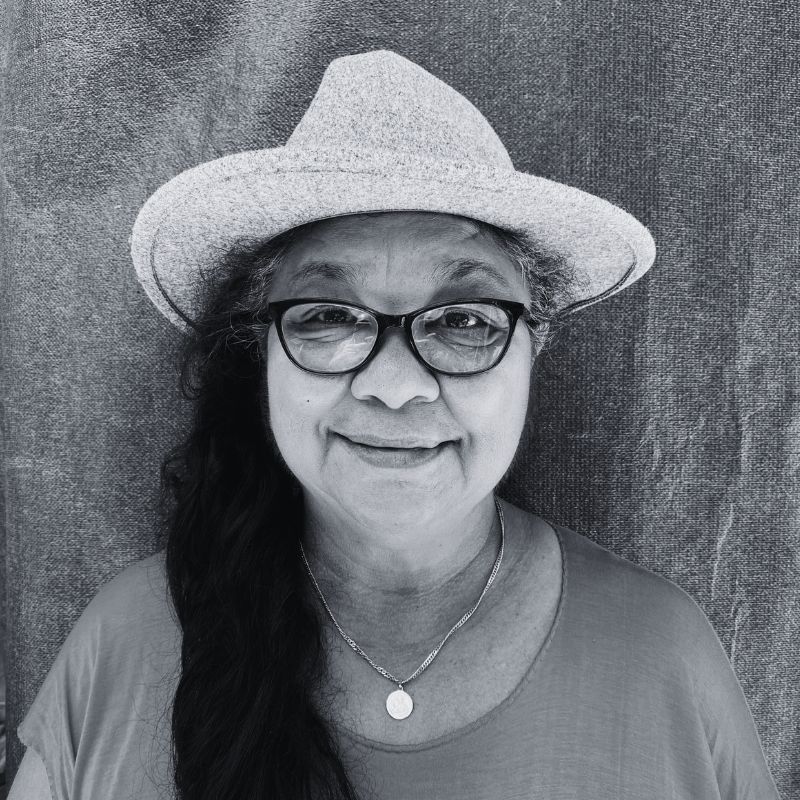
Danella Lee
Danella is of Larrakia, Wardaman & Karajarri decent living on Larrakia Land in Darwin, Northern Territory.
Danella has been painting for 40 plus years and over that time she has had the opportunity to be involved in many different projects from teaching, producing & selling her art though exhibitions & Galleries all over Australia, Europe and the Milano art festival in Italy, to which she was the first Indigenous female artist to enter and sell artwork.
Danella is a self-taught artist and was strongly influenced by her 3 older brothers Gary, Roque and Tony who are renowned artists “in their own right”. Danella loves to create art with natural materials such as wood, feathers, clay, bamboo and anything unusual that catches her attention. She is currently working with home décor items such as bowls, lamps, mirrors, picture frames, carvings, canvases and clothing etc, all of which are hand painted and are all original pieces.
Danella is also employed as an indigenous chef with 30 years’ experience, promoting and producing indigenous foods that she can source from in and around the local area while working with local businesses.
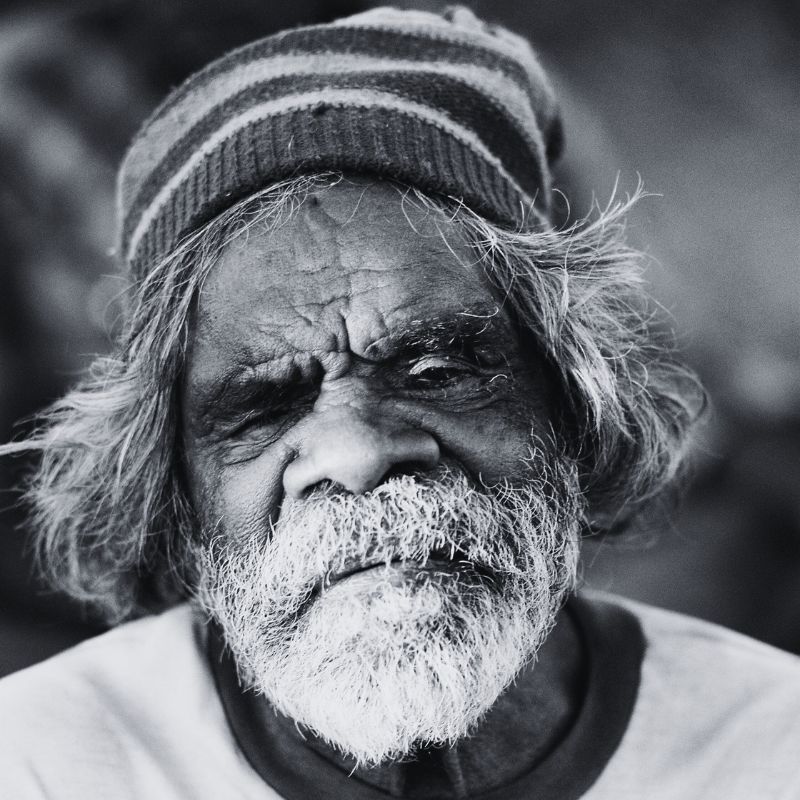
Donald Moko
Donald Moko is a senior law man from the Mindi Mindi clan of the Yulparija. He was born at Kalajadu near Wangkatjungka, west of Well 33 on the Canning Stock Route in the Great Sandy Desert. He grew up travelling all around his traditional country with his parents. He went through law and trained as a traditional Maparn (medicine man). This took him travelling all around. He came to Bidyadanga in the late 1960’s with his wife Mary Meribida and their children.
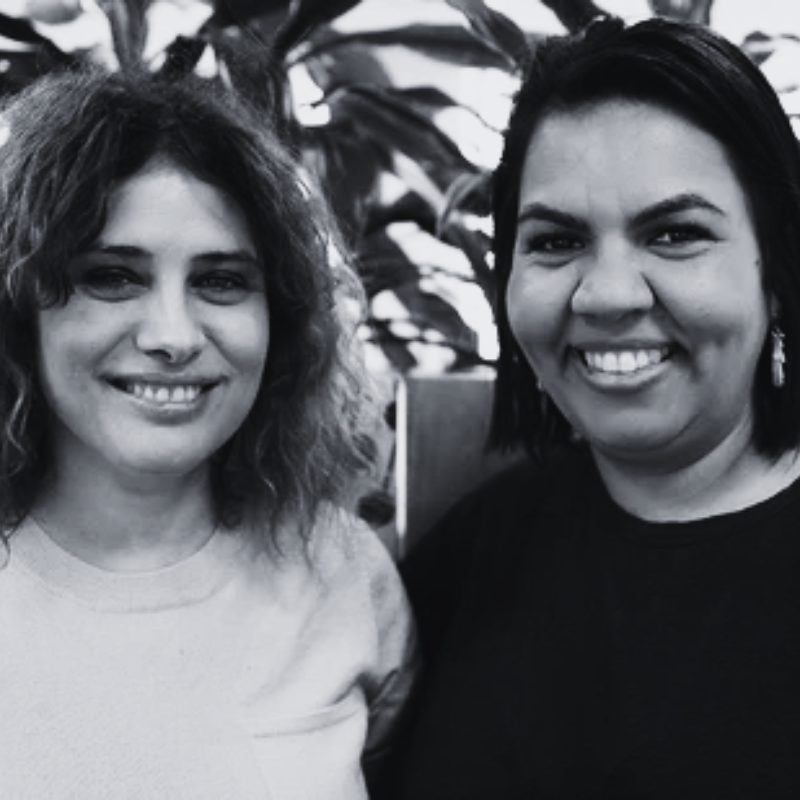
Emma Bamblett and Megan Van Den Berg
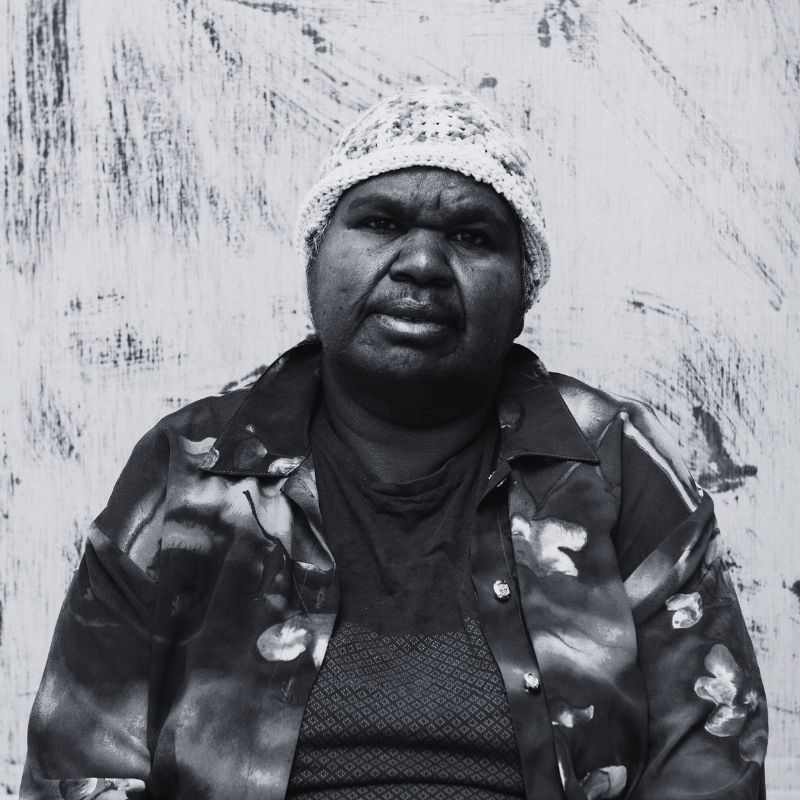
Jean Ngwarraye Long
Jean Ngwarraye Long was born in 1963 and has lived in Ampilatwatja all her life. She was part of the original Utopian batik movement in the 1980s. She has exhibited in many group exhibitions, including at ArtKelch, Germany in 2015, Flinders Lane Galley, Melbourne (2018) and Suzanne O’Connell Gallery, Brisbane (2018). In 2018 she was also a finalist in the 40th Alice Art Prize (The Alice Springs Art Foundation).
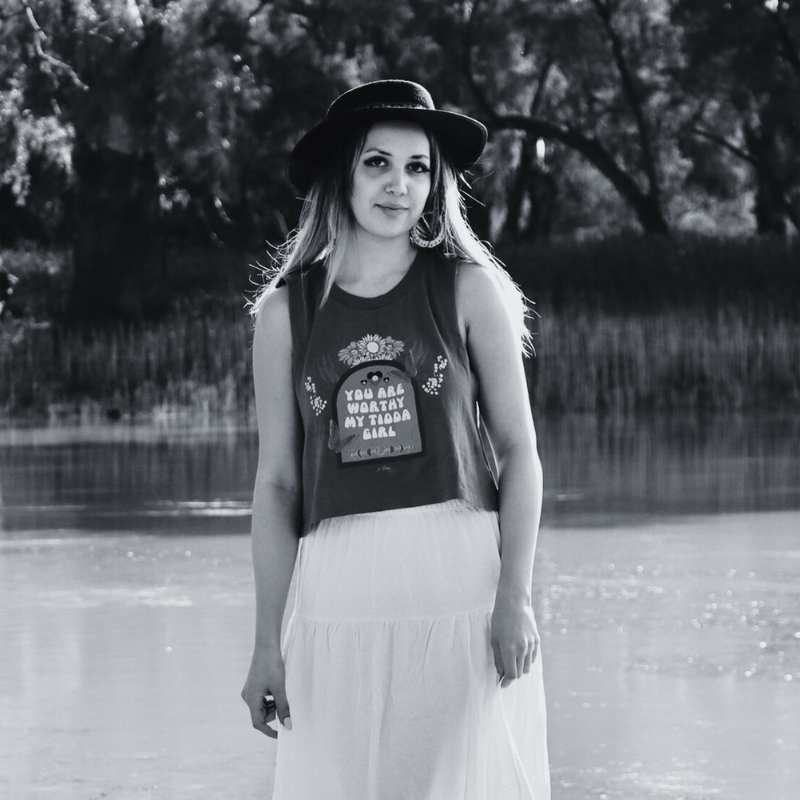
Jess Tedim
Jessica Tedim is a proud Gamilaroi/Ularoi/Yuwaalaraay woman from Walgett in Northwest New South Wales, currently living on Turrbal country in Meanjin (Brisbane). Through painting and digital artworks, Jess explores themes of identity, modern cultural interpretations, and Dreaming stories passed down from family and Elders. Her work is focuses on depicting the natural landscape, native flora and fauna, spirituality, language, and empowering messages.
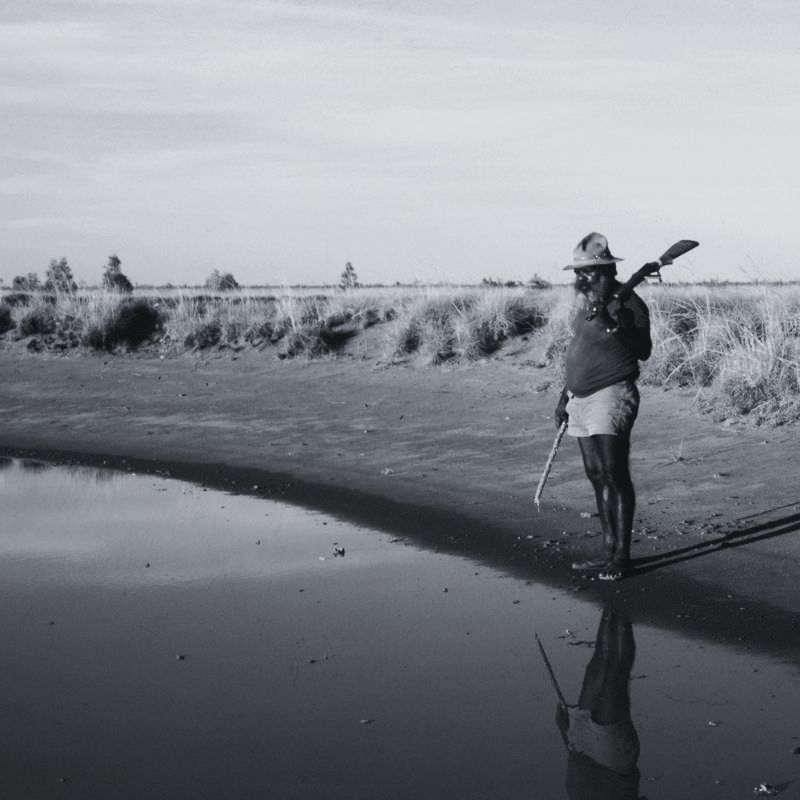
Jimmy Pike
Jimmy Pike (c1940 – 2002) became one of Australia’s most famous Aboriginal artists during the 1990s when he exhibited widely, both paintings and limited edition prints, that told the stories of his early life in the Great Sandy Desert. He stated that “My work is painting and drawing, telling stories from the Dreamtime and about places where Dreamtime people travelled through my country. “
Jimmy Pike had a direct graphic style of telling traditional stories and his appeal was widespread from the time he began exhibiting in Fremantle in 1982. A series of linocuts and silkscreen prints by the artist gained him national exposure, and subsequent exhibitions of paintings and prints added to his reputation. His works were exhibited in Tokyo, London, Berlin, Beijing and toured in USA.
Jimmy Pike introduced vivid colour into his work when most high profile Aboriginal desert artists were painting with the earth colours that were dominant in the early 1980s. Some of this colour was introduced by Pike’s love of texta colour ink pens that gave an instantaneous colour aura to all his drawings. Much of Jimmy Pike’s work seemed to concentrate on this aura of power that surrounded the stories and places that were at the centre of Walmajarri culture. He would include figurative elements, often quite simply drawn, then imbue them with the radiance that suggested their deep underlying power.
Jimmy Pike is well represented in books and co-authored many stories with his wife Pat Lowe, giving further accounts of traditional life in the desert. The artist is well represented in the collections of all the major Australian public galleries and museums including National Gallery of Australia, Art Gallery of NSW, National Gallery of Victoria and Australian Museum. In 1995 Jimmy Pike was honoured with a major Retrospective at the Art Gallery of Western Australia in Perth.
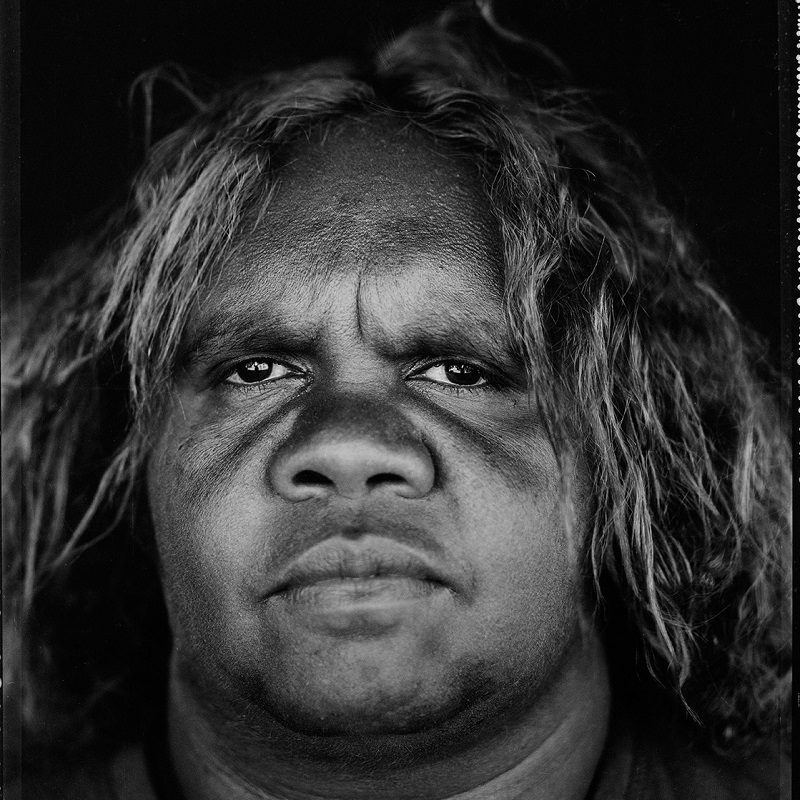
Keturah Zimran
Keturah was born in Haasts Bluff in 1978. She is the youngest daughter of Molly Napaltjarri Jugadai and Smithy Zimran. Keturah’s grandparents on her mother’s side are Narputta Nangala Jugadia and Timothy Jugadai Tjungurrayi. Narputta was a founding member of Ikuntji Artists and had been painting since the beginning of the Western Desert Painting Movement of the 1970s.
Keturah’s father, Smithy Zimran was the younger brother of Ronnie Tjampitjinpa and Yuyuya Nampitjinpa. He was the youngest son of Uta Uta Tjangala’s older brother, Minpuru Tjangala. Uta Uta was the father of the late Ikuntji artist Kumuntjai Nampitjinpa Dixon and one of the founding members of the acrylic painting movement in Warumpi (Papunya). Smithy’s country is around Lampintja, southwest of Walungurru (Kintore). Smithy was born in 1949 out bush in Pinari near Walungurru (Kintore). He came to Ikuntji (Haasts Bluff) as a child in 1956 with his parents and later joined the Pintupi exodus to Kintore 1981. Smithy was an important leader and educator over his life, leading CANCA (Combined Aboriginal Nations of Central Australia) with its landmark Kalkaringi Statement and the establishment of a dialysis unit in Kintore. Smithy painted with Papunya Tula Artists in the 80s and 90s. He passed away in 2000.
Coming from a lineage of established artists, Keturah began painting seriously in 2005. Developing her own distinctive and bold style, she is fast becoming renowned both nationally and internationally. Most notably, her work is now a part of the Parliament House Collection and has been a finalist in numerous art awards including the 2019 Vincent Lingiari Award.
Keturah is married to Ikuntji male artist Billy Pareroultja and is a mother of eight young children.
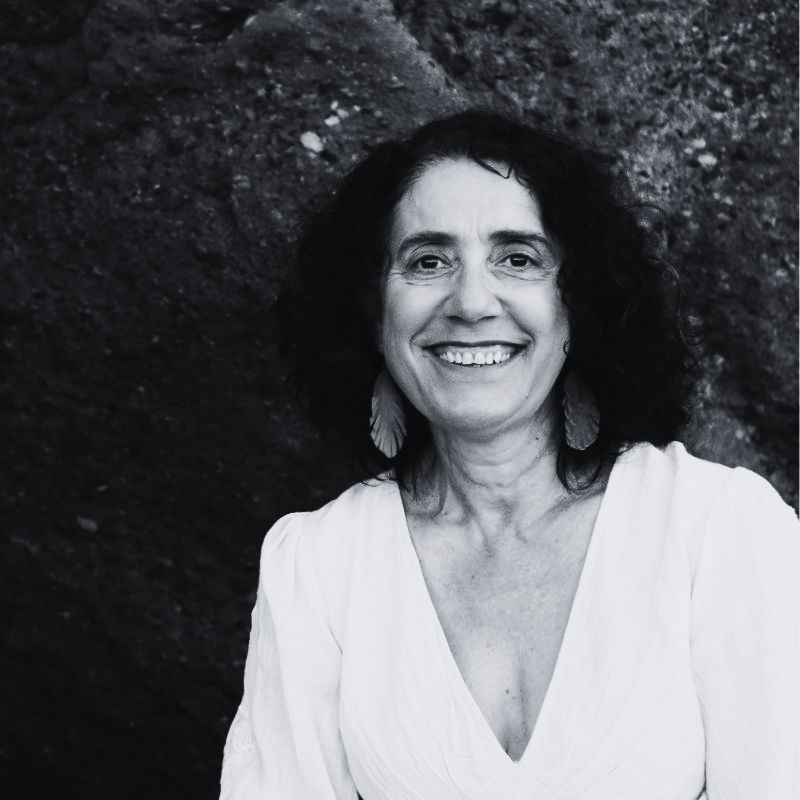
Lizzy Stageman
A proud descendant of the Wiradjuri Ngiyampaa and Barkindji nations in NSW, Lizzy’s contemporary Aboriginal designs beautifully blend life experiences and stories, demonstrating remarkable artistic skill. Now, ‘Finding My Place’ showcases her original art translated into commercial textiles, wall covering and acoustic art.
“Creating art soothes my soul. Art is my story on a canvas,
it’s my way of healing wounds and has led me to finding my place.”
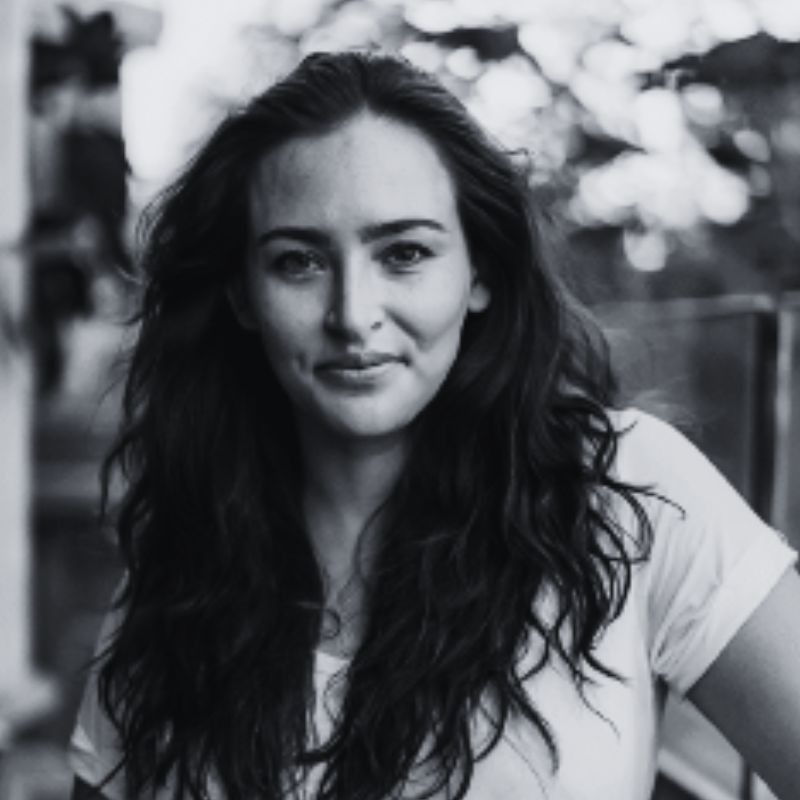
Lou Bloomer
Lou Bloomer is a part Indigenous Australian artist originally from Grafton, Northern NSW. Identifying as Bundjalung for the land she was born and grew up on, as well as Anaiwan and Kamilaroi, the na-tion’s of her ancestors.
Lou draws her artistic inspiration from nature and her everyday surroundings. Highlighting the simi-larities in our life journey’s with that of the universe and everything living within it.

Margaret Baragurra
Margaret was born in Kalpirti located in the Great Sandy Desert of W.A. Her people, the Yulparija, walked out of their traditional country in the early 1970s when their existence was threatened by a severe drought. Margaret travelled with her family to the coastal town of Bidyadanga (then LeGrange Mission) where she lived. Since Margaret started painting in 2003 her work has enjoyed critical acclaim and she has been widely exhibited. She combined the traditional imagery of the Great Sandy Desert with the vibrant colours of the saltwater landscape she now inhabits.
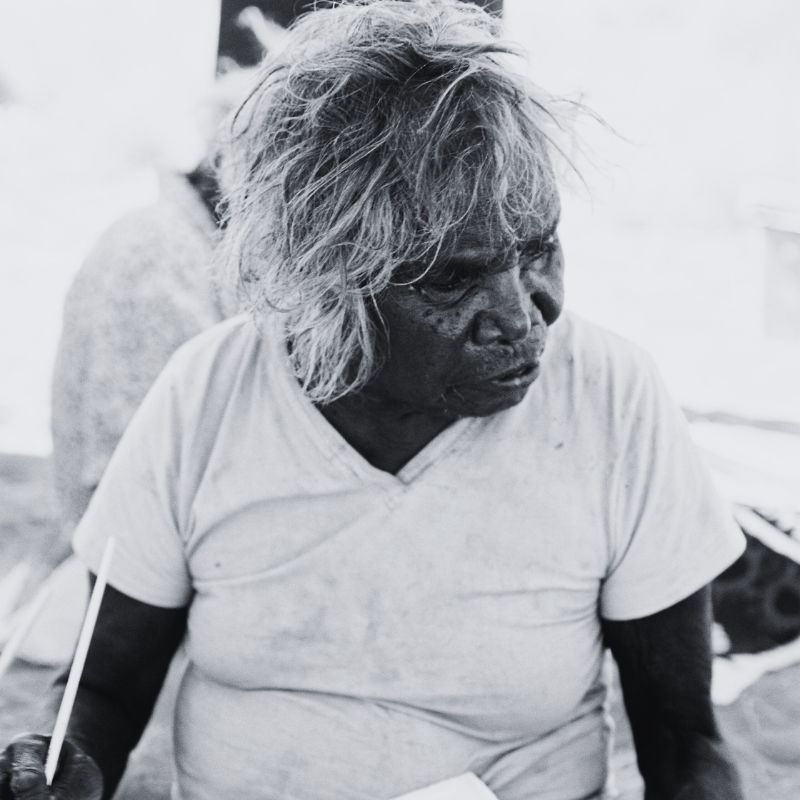
Mary Meribida
Mary was born at Ilyara (Punmu) and lived there throughout her childhood. She travelled around her country with her family. Until the early 1970s, she lived a traditional life and says, “We been walk ’em, no clothes, nothing. We proper bush people, no English.” Mary is a part of the Yulparija people who walked out of the desert to the coastal town of Bidyadanga in search of water after severe drought had plagued their land.

Mim Cole
Mim Cole is a Gulumoerrgin (Larrakia) visual artist from Darwin, Northern Territory, Australia. Mim has been creating art since her youth, learning techniques through practice and observation of the artmaking of her mother and large artistic family. Mim is a natural artist who experiments with and applies her traditional and abstract compositions to a variety of media including painting, printmaking, and a wide range of design work. Her sense of composition is particularly inspired by the rawness of ancient Aboriginal art.
I created Mimmim as a viable artistic outlet for my passion for art and nurturing others whilst providing financial freedom and cultural pride for myself and my family. I would like to use my talents to share the beauty of Aboriginal art in unique ways and create conversations that lead to healing and unifying people.
Mim and her husband co-created a charity dedicated to breaking the cycle of Indigenous youth disadvantage. The journey of supporting others has helped Mim reflect on her own journey, aiding in her own self-healing and finding her voice through her art. She hopes to encourage others towards a liberated spirit through exploring their own creative expression.
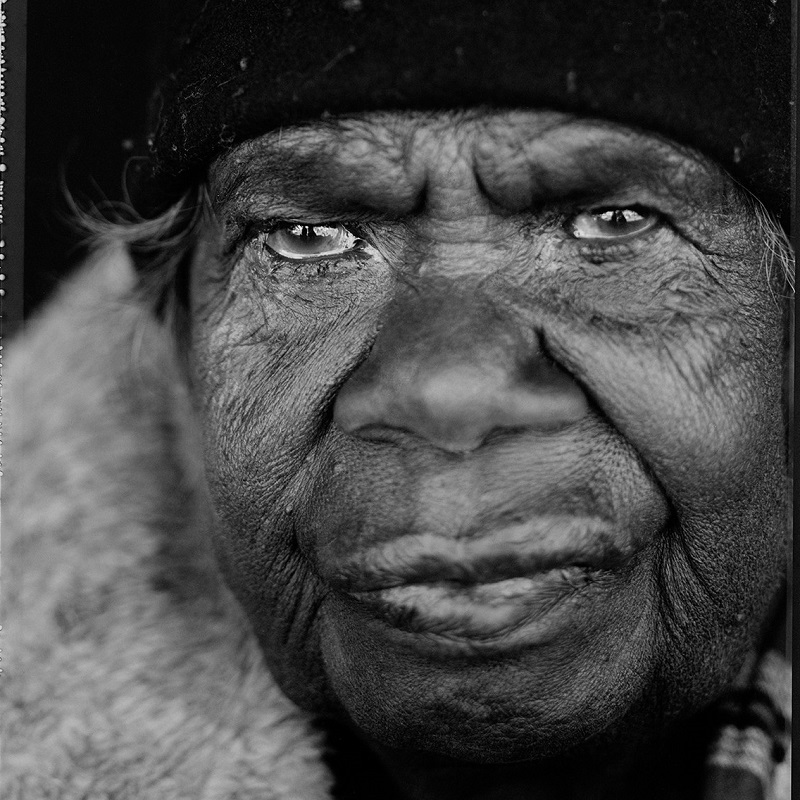
Mitjili Napurrula
Mitjili Napurrula was born in 1945 at Papunya, 200 kilometres West of Alice Springs. She is the daughter of Tupa Tjakamarra (now deceased) and Tjunkiya Napatljarri. Her mother, Tjunkayi Napaltjarri, was a Pintupi/Luritja woman from Yumari who also became an artist of public repute. Her mother ‘came in’ from the drought-stricken Pintupi/Lurjita country seeking refuge and rations in the remote community of Haasts Bluff (Ikuntji). Along with her extended family, she was settled at Papunya, where Mitjili was born.
Like many of her generation, Mitjili witnessed the genesis of the Papunya Tula art movement and the artistic contribution made by members of her immediate family. Mitjili’s brother, Turkey Tolson Tjupurrula, was one of the founding members of the Papunya Tula Artists cooperative.
Mitjili grew up in Papunya and moved to Haasts Bluff with her late husband Long Tom Tjapanangka in the late 1980’s during the outstation movement. The couple started painting at Ikuntji in 1992 with the opening of Ikuntji Women’s Centre, both contributing significantly to the emerging art movement there. She gained an international following after winning the Alice Springs Art Prize in 1999.
In Mitjili’s winning painting, Untitled (1999), coagulated white pigment eddies around abstract forms that refer to the Watiya Tjuta (desert oak/spearwood trees) used to make kulatas (spears). The tightly structured patterning of the key motifs and bold use of colour demonstrates the artist’s confidence in her individual artistic vision within a family of superlative artists – and the cultural heritage that continues to inform the myriad expressions of Western Desert artists.
The Watiya Tjuta in Mitjili’s paintings is her father’s Tjukurrpa (dreaming) in Ilyingaungau country (Gibson Desert). This was passed down to her by her mother; she remembers “…After I got married, my mother taught me my father’s Tjukurrpa in the sand, that’s what I’m painting on the canvas”, a women’s interpretation.
Mitjili and her brother, Tjupurrula had the same father, Tupa Tjakamarra, from whom they both inherited the right to paint works related to Ilyingaungau. This site, south of Walungurru (Kintore), some 520 kilometres west of Mparntwe (Alice Springs), is where the artist’s Mutikatjirri ancestors assembled their kulata (spears) for a conflict with the Tjukula men. Allusive works that refer to the straightening of kulata by Tjupurrula are among the landmark paintings of the movement’s history.
Mitjili lived at an outstation close to Papunya where she continued to paint in her later years, along side her family and fellow artists such as Ann Lane nee Dixon. Mitjili passed away in April 2019.
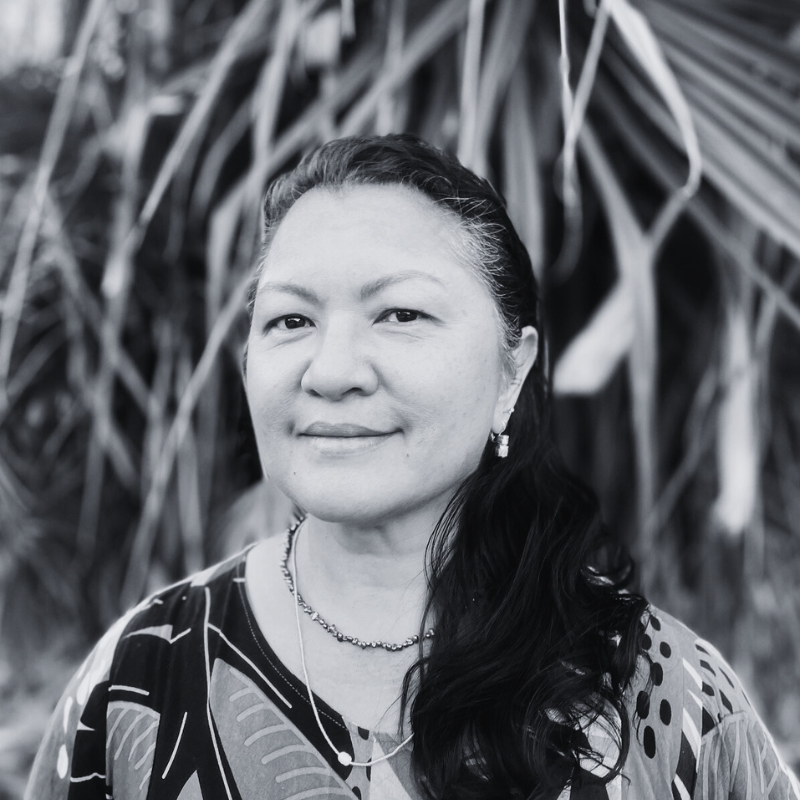
Nadine Lee
Nadine Birimilanga Lee is from the Gulumerridjin (Larrakia), Wardaman and Karajarri peoples of NT and WA with Asian and European ancestry. Born and raised in Darwin within a large, artistic and culturally active family. Nadine has been a practicing artist since graduating with a Bachelor of Creative Arts and Industries (Visual Arts) from Charles Darwin University. She is a multi-disciplinary artist who has shown in local and National exhibitions.
Nadine is a 2016 alumni of the exclusive, inaugural Encounters Indigenous Cultural Workers Scholarship with the National Museum of Australia, supported by The Princes Trust Charities Australia. She is a 2018 alumni of the National Gallery of Australia’s Indigenous Arts Leadership Program, supported by Wesfarmers. Nadine was engaged as an Associate Researcher for the Fowler Museum at the University California Los Angles (UCLA) for the ‘Aboriginal Screen-Printing Textiles from Australian ‘s Top End’ exhibition, and is a Cultural Workers alumni for the Darwin Aboriginal Art Fair.
Nadine has had many years of working experience in the arts, including Manager at Bima Wear on the Tiwi Islands, Travelling Exhibitions Officer at the National Gallery of Australia Contractor, Regional Arts Fund Manager and Creative Producer for Darwin Community Arts and many other roles. Nadine’s passion is in her own cultural and creative expression. She has excelled in design, costume, 3D installations, Jewellery, film and more.
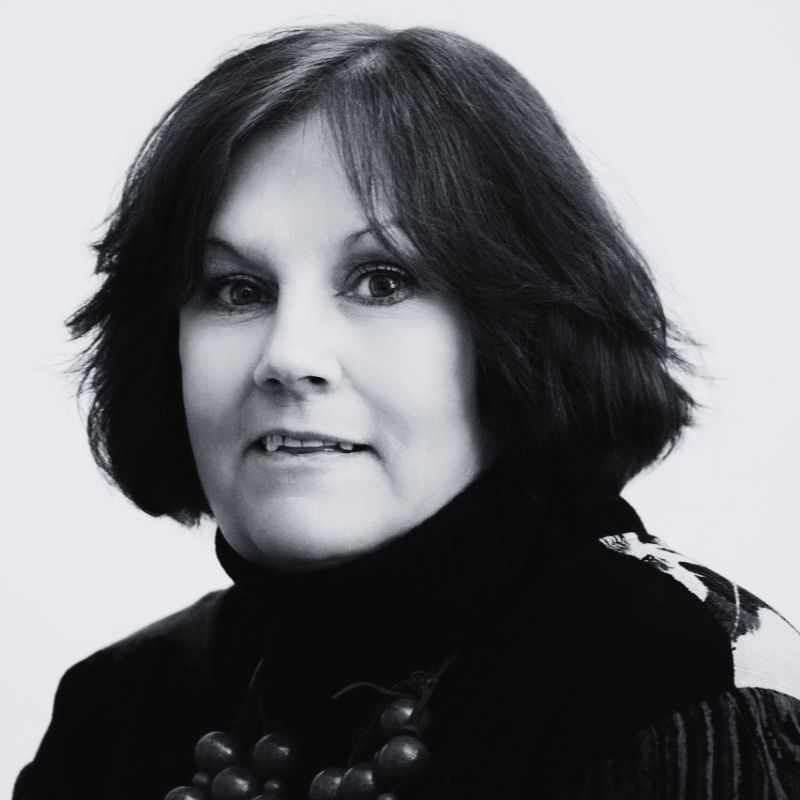
Robyn Caughlan
Robyn Caughlan is a warm, spiritual, creative soul “blessed with a multicultural heritage” – her father originating from Ireland, and Aboriginal mother from the Darug and Darkinjung lineage in NSW.
Her journey into art began at the age of 30 and has “filled a void in me that I thought would never be filled.”
Robyn’s contemporary Aboriginal style is re-imagined through furnishing textiles and wall covering, with her first Materialised collaboration, Dream.
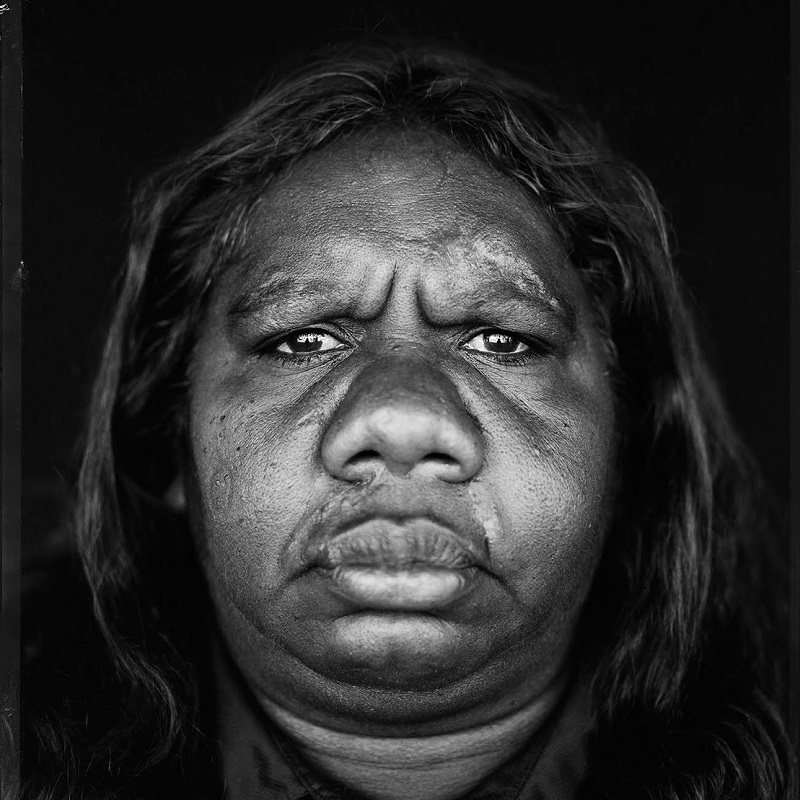
Roseranna Larry
Roseranna Larry was born at Papunya in 1980. She is the Chairperson of Ikuntji Artists and an artist. She is the oldest daughter of painter Susie Lane, a Western Arrernte, Warlpiri, and Luritja woman from Haasts Bluff. Her father, Roy Wara Larry, was an important lawman, working with local Aboriginal people and non-Indigenous people. When Roseranna was two years old, her younger sister was born, and her family moved to Haasts Bluff. She grew up in Haasts Bluff, though she often travelled to Willowra and Mt Deniston to visit family.
Though she grew up watching and helping her grandmothers paint, it was not until 2017, when Old Lady Morton passed away, that she began painting her story on canvas with Ikuntji Artists. Roseranna is a devoted mother of eight children and many grandchildren, spending much of her time caring for them.
As a strong voice for the art centre and the community Roseranna has travelled extensively throughout Australia and Europe visiting Luritja collections in museums. Roseranna participated in photography workshops throughout 2017 and won the 2017 Desart Photography Prize. She had her artwork featured in Parrtjima – Festival in Light 2019 in Alice Springs. In 2017 and 2022, Roseranna developed different t-shirt and fabric designs and travelled to fashion shows to Europe with them.
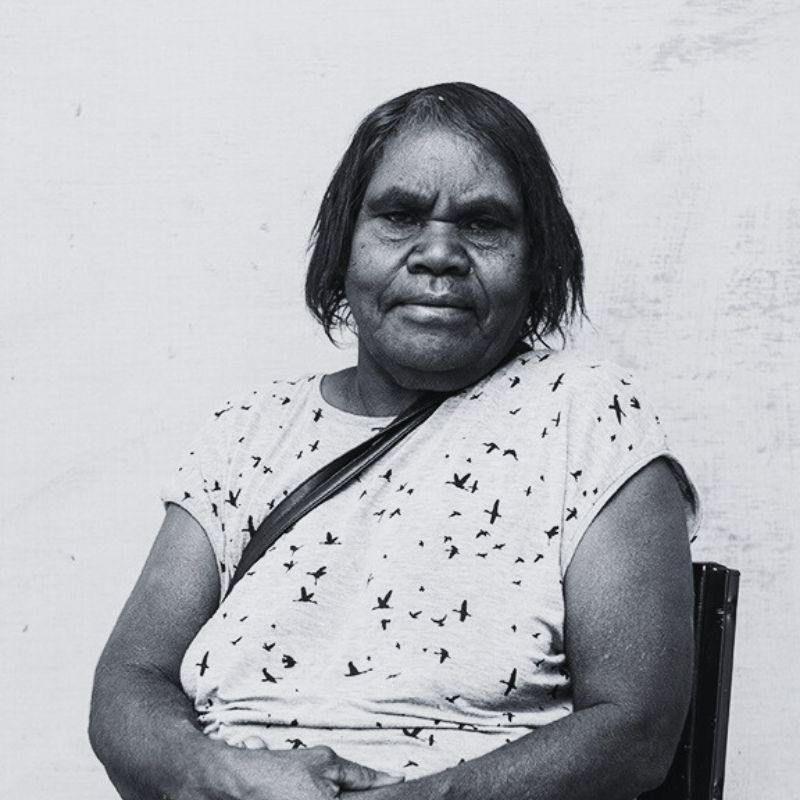
Rosie Ngwarraye Ross
Rosie Ngwarraye Ross (1951-2023) was born near Amaroo Station, NT. Her skin group is Ngwarraye. In her paintings Ross depicted the bush medicine and wildflowers from around her country. She had a bold expressive style and often omitted the sky from her compositions, combining both aerial and frontal views. Ross exhibited as part of Fragrant Lands: Exhibition of Australian and Chinese Indigenous Art , Tandanya National Aboriginal Cultural Institute – touring to Shanghai, China (2014), at Flinders Lane Gallery, Melbourne (2014) and at Booker-Lowe Gallery, Texas, USA (2015).
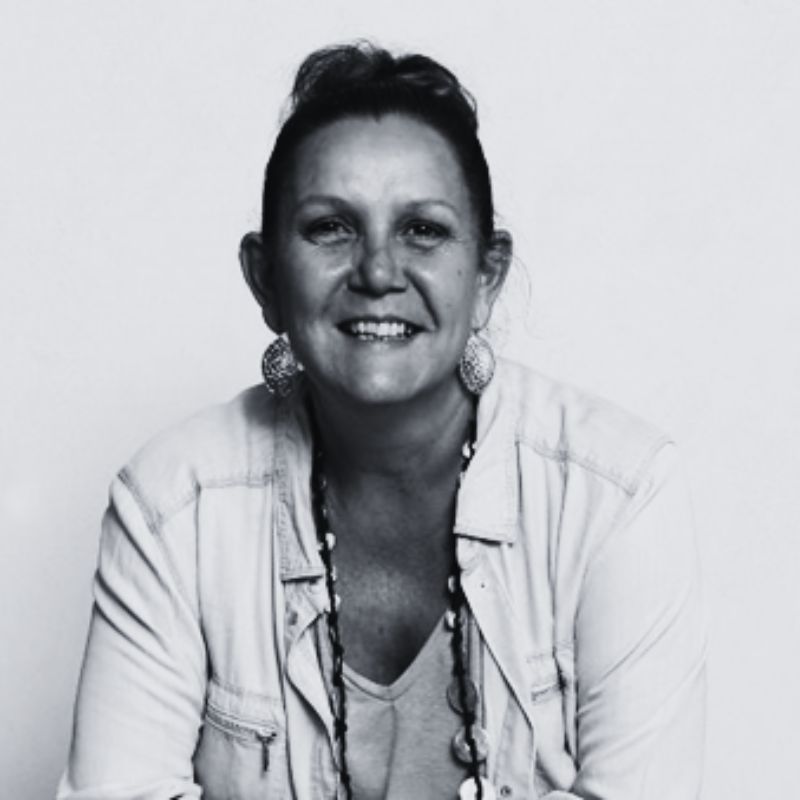
Saretta Fielding
Saretta Fielding is an award-winning Aboriginal artist of the Wonnarua Nation located in the Hunter Valley NSW. Her artwork versatility is seen across a wide range of public artworks and mediums including fine art, public installations, and fashion.
In 2014 Saretta was selected by Luxottica International as designer of the Ray Ban Global Indigenous Special Edition Wayfarers, awarded at Fashion Week Sydney, with her Ray Bans now on permanent display at the Australian Museum. Her public works and commissions include GrainCorp Australia, Australian Institute of Company Directors, RAAF, NSW Parliament, Coal and Allied, NDIS, Family and Community Service, AFL 2015, Aboriginal Housing NSW, Australia Indigenous Doctors Association, NSW Police and Life Without Barriers along with other prominent organisation across the Government and Corporate Sectors.
Represented across Australia and internationally, Saretta’s Gallery exhibitions include San Francisco 2010, NSW Parliament House, Newcastle Regional Gallery, Free Spirit Galley and Saretta is soon to join other prestigious Australian Aboriginal Artist in a regional exhibition at Lake Macquarie Galley with the view of the exhibition touring Galleries throughout Australian. She was recently rewarded winner of the Indigenous Section and Overall Winning Artist of the Newcastle Show and Saretta also took out first place as Artist Designer of the Sydney Royal Easter Show in the wearable art category.
Saretta started a not for profit in Malang Indigenous Corporation in July 2017, as Malang’s CEO Saretta Fielding brings here experience as an international artist, together with her heart for people and her community, with a passion to share her industry knowledge, networks and opportunities with Aboriginal Artist to provide the vehicle to champion her fellow artist, through an innovative initiative called Malang Artist Together Social Enterprise and building an ongoing viable art business that’s vision is to creates jobs opportunities , linkages and openings for our Aboriginal artist into the future.

Susie Gilbert
Susie is a senior Law woman from the Bidyadanga area. She was born in the Anna Plains country and currently lives in Broome. Susie says ” My Father Mangala and mother Nyangumarta they grew up in the bush you know. But when I bin small girl they brought me to Anna Plains station to grow up. Nabiru Bullen he’s my cousin brother. He was young man at Anna Plains station when I was little girl. Rosie Spencer she grow me up we used to come back down the plain, working every where.”
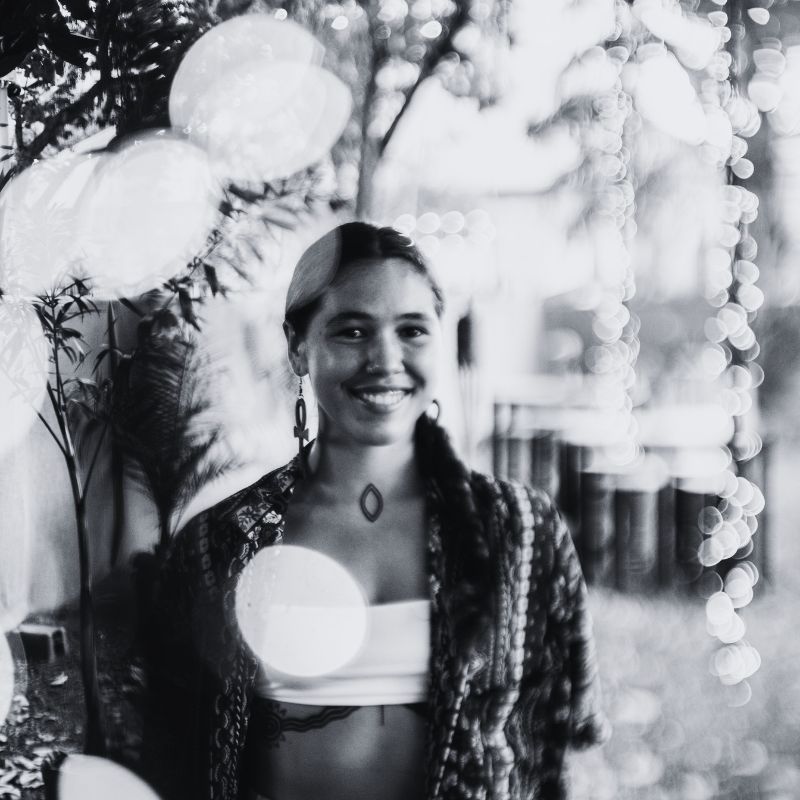
T’ara Cole
T’ara is a young woman filled with a bloodline of many rivers running back to her Gulumoerrgin (Larrakia), Wardaman, Karajarri, Wambaya, Luritja, Asian and European ancestors. Due to having many artistic family members, art has always surrounded her, so expressing creatively has been apart of her life since the beggining. T’ara has always created for her own self expression through many forms such as painting, poetry and song writing, and is now in the early days of sharing her art with the outside world.

